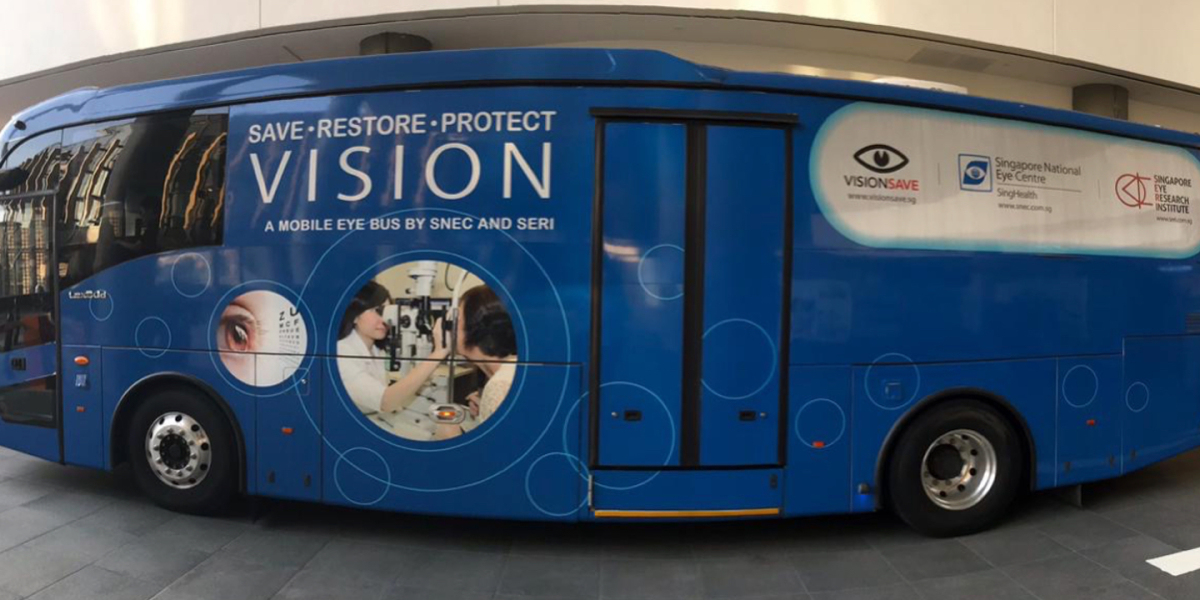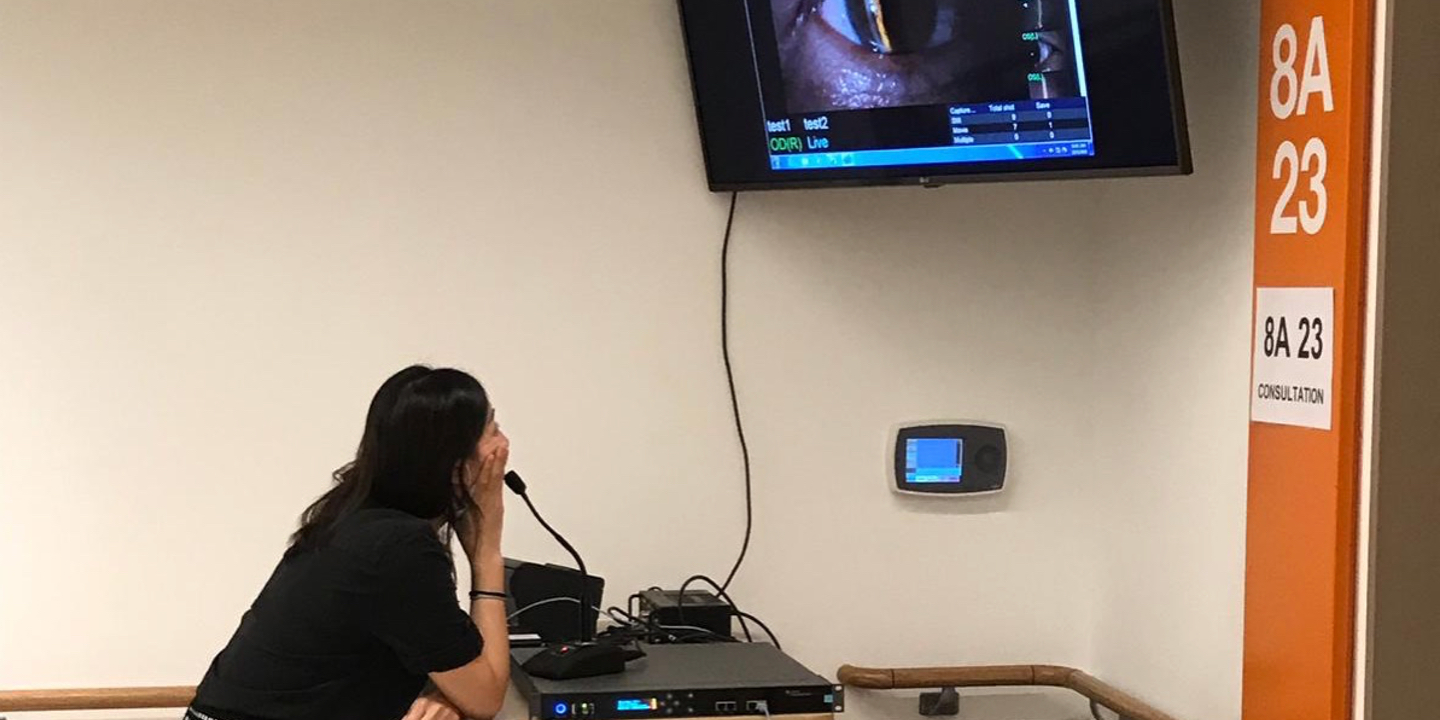Tele-medicine will change our lives

By Dr. Karl So, Doctorate of Business Administration
"Everything is achievable through technology. Better living, robust health…. Technology holds infinite possibilities for mankind." Howard Stark, Opening at Stark Expo, Ironman 2 movie.
Today, COVID-19 Pandemic has changed our lives and it is undeniable. Keeping social distance becomes a slogan, wearing a mask becomes a fashion, and avoid visiting medical facilities becomes a common sense. Some medical conditions require hospital treatment regularly which is unavoidable. But regular check-up is also very important for most patients like infants and elderlies, even during a pandemic. People have to take extreme caution to avoid getting any kind of virus today. Here comes a new form of medical procedure that keeping the social distance but able to conduct regular medical check-ups safely and efficiently.
Tele-medicine, or Telehealth, is a new way of remote medical consultation. General practitioners can conduct medical consultation via online applications like Zoom, provided patients can check their temperature and their physical conditions are manageable. But not all medical conditions are as simple as a flu, sometimes it requires special medical instrument or equipment to complete. Communication between doctor and patients is also part of the healing process, an open, effective and productive communication is also a key to producing good outcomes too. Patients with eye condition is a typical example, especially elderlies, who need regular checking up, but long queueing time, difficulty in travelling and extremely high risk during pandemic.
No matter it is developing or developed countries, there is always a challenge connecting eye patients to eye clients. Governments have yet to find a cost-effective programs that can virtually eliminate the difficulties on patient or specialist travelling. There are only limited ophthalmologists, their time are so valuable that they can only viewing limited numbers of patients in a day. Patients with eye condition are not easy to travel to eye clinic, but ophthalmologists cannot spend valuable time travelling to remote areas for patients. There is a gap between patients and specialists. Real time video transmission technology has come in and change this.
Singapore National Eye Center (SNEC) has launched a Mobile Eye Bus which will travel to various locations and nursing homes, so more members of the community can receive eye checks and be educated on eye care. The Mobile Eye Bus, is equivalent in size to a 45-seater bus and contains a full range of eye screening and diagnostic equipment. It is a novel eye care delivery which aims to reach out to the elderly and underprivileged community with poor mobility.

When the service was launch, ophthalmologist has to be in bus travel to the other community, while they have to spend time on travelling rather than spending time with the patients in clinic. To save the valuable time of ophthalmologists, real time video transmission equipment has deployed on the Eye Mobile Bus to provide low latency live transmission from diagnostic equipment to clinic. Ophthalmologists no longer required to travel along with the bus and able to remote checking on patients while they are staying at clinic serving more patients.
With a two-way communication systems, real-time images from Slit Lamp on Mobile Eye Bus transmit a live analyzing video to the ophthalmologist at SNEC, while the patient also seeing a live video from ophthalmologist. They can also have real-time conversation between the bus and the center, so patients has more confidence to take the ophthalmologist's advices. This two ways video communication systems is achieved by a technology called Realtime Reliable Transport Protocol which runs on LTE model on the bus and general Public Internet at SNEC, so the transmission cost is minimal but the quality is maintain at very high standard.
With 5G getting more coverage, this real time tele-medicine technology will surely change our lives. Live MRT, CT scans or X-ray can be transmitted to other specialists, communications in real time even it is cross-bordered, chances of getting the right medical attention can be much higher and faster.








Comment